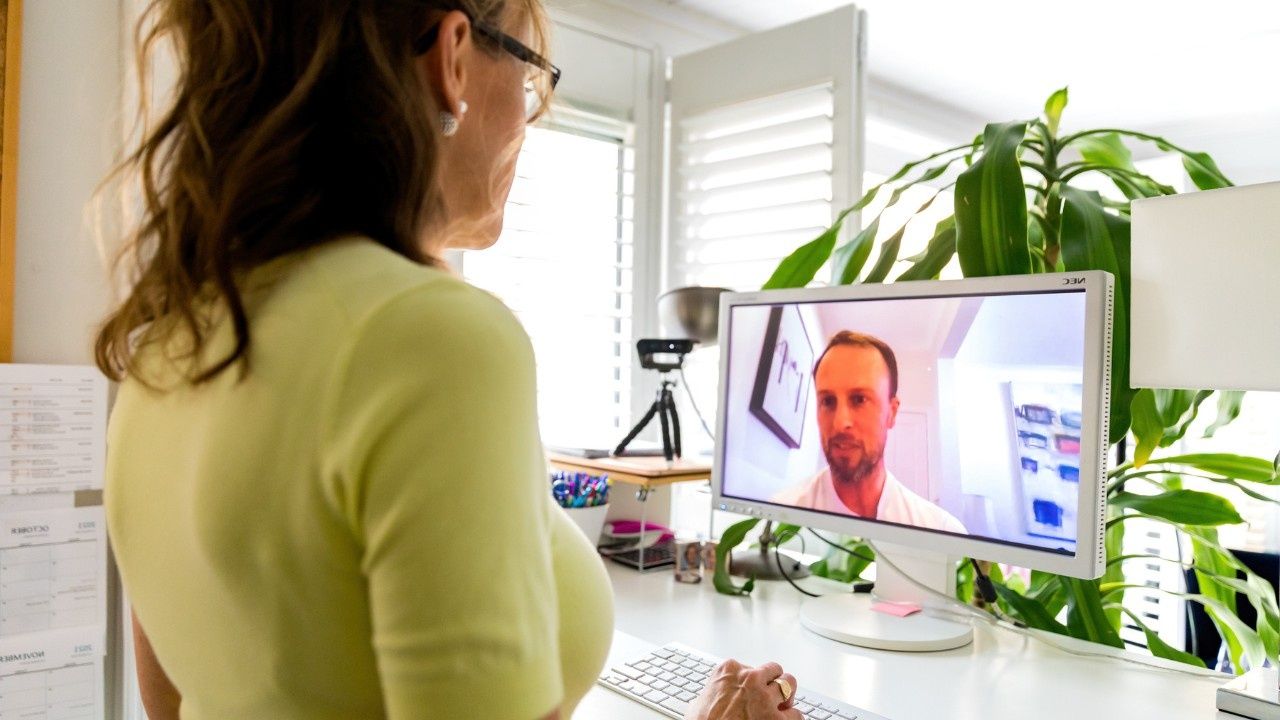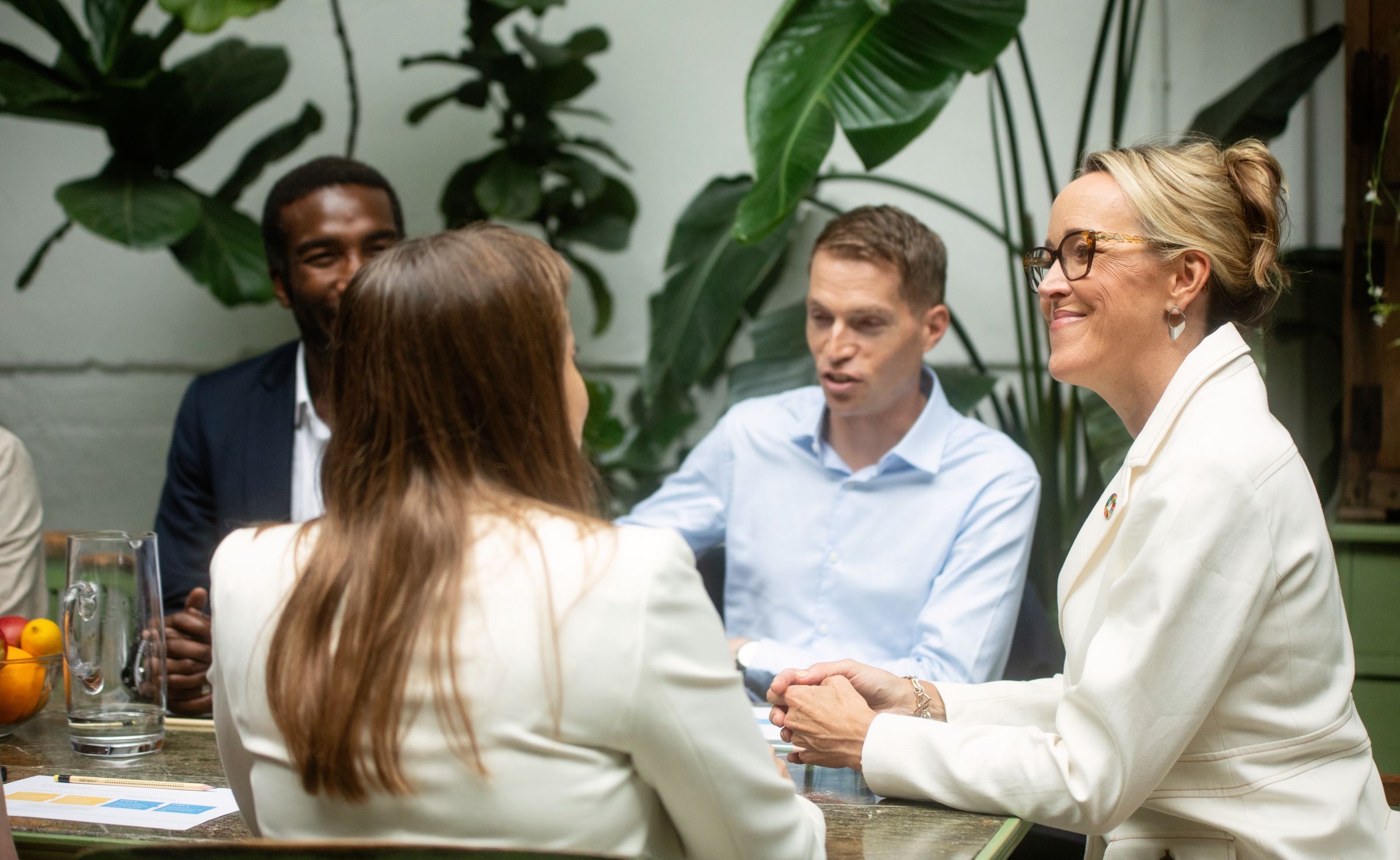Groundhog day: How to stay motivated in a shifting ESG landscape
May 13, 2025
Insights from Tim Mohin, Partner and Director at Boston Consulting Group
After years of building momentum, it feels like the sustainability sector has hit a roadblock. From the weaponization of climate change and diversity, equity and inclusion (DEI) by the current US political system, to greater investor pushback and a drive for compliance over and above innovation, it’s easy to feel a little like progress is unraveling.
For those working in this space, it can be a tough pill to swallow.
So, how can sustainability leaders navigate what feels a little like Groundhog Day and stay motivated despite the continued chaos and setbacks?
Watch our exclusive chat with Tim Mohin on how to stay motivated in a shifting ESG landscape.
Reevaluate core values
Many companies now frame their sustainability programs as a statement of their broader corporate values, which typically span four pillars: investors, customers, employees and brands. Against a backdrop of shifting political and regulatory sands, it’s worth using this opportunity to go back and review those values to ensure they still apply in the current landscape — and that, in light of greater scrutiny, they’ll stand up to some robust questioning. It’s unlikely to be a “wholesale washout,” said Tim Mohin, director at Boston Consulting Group, speaking at our most recent Impact Leaders Lab session. “But these times demand a review. Look at what you said then, look at the current times you're in and consider if there's a need for some revision.”
Unfortunately, there is no single, shared methodology for this process. For some companies, this exercise might be relatively straightforward. At sustainable packaging solutions manufacturer International Paper, for example, the entire business model has been based on sustainable forestry, noted chief sustainability officer Sophie Beckham at a Impact Leaders Lab event. “We live in this complex center where we’re dependent on forests for renewable raw material, and at the same time those [forests] are the engines for carbon storage and home to biodiversity,” she said. “If we’re really going to live up to our commitments around sustainable packaging solutions, we have to think about every box as a nature-based solution. The linkage is that tight, and it’s not like that for every company.”
For other organizations that may not have raw materials as a cornerstone of their existing sourcing practices, getting hold of useful data and metrics can be more challenging and require a new supply chain mapping exercise. After all, you can’t manage what you don’t measure.
"Take a pause to review what your company stands for and why — and ensure those foundational values remain in effect amidst the chaos."
Take a stand
Once those corporate values are articulated, it’s critical for your organization’s credibility to stick by them. Or as Mohin puts it: “You can’t be a leaf in the wind.” Bending to the will of current political discourse to curry favor or avoid controversy may feel tempting in the short term, but it’ll damage progress and brand trust down the line. Take the growing backlash to the pushback against DEI. “There is this false notion that somehow it flies in the face of meritocracy, and nothing could be further from the truth,” Mohin insisted. “In reality, it means we want to have a mix of people that looks like the mix of people we serve and the mix of people in our communities.” Overreacting to conservatives’ flawed narrative and scaling back DEI initiatives deviates from the corporate values that many organizations say they represent — and that will have implications that extend far beyond the current political term.
Take a global perspective
To paraphrase Mark Twain: ‘The rumors of my demise have been greatly exaggerated.’ Well, the same might be said about sustainability. Though it might have been weaponized by the anti-woke agenda in the US in the past few years, it’s critical that sustainability leaders feeling disheartened take a step back and widen their viewpoint to see that progress continues to be made. In February, the EU shared its proposals for a series of simplification measures that would cut red tape and shift focus from compliance to innovation. This would include reducing the pool of companies set to be affected by CSRD by 80 percent and provide those that still are with a two-year extension to meet the requirements. There’s also significant progress being made on carbon taxes. “They're popping up all over the world,” Mohin said. “[BCG’s] analysis is that, within the next few years, we'll have over 65 percent of world trade going through a carbon tax. That’s going to move the needle.”
Look to one another — and to industry leaders
The shifting sands of conversation and culture won’t change the fact that the world is getting warmer, and that this has huge implications for a variety of sectors. In the last year, the costs of recovery from climate-fueled extreme-weather events exceeded 2 percent of US GDP. So, whether or not public discourse is behind you, collaborate with others in the sustainability field to ensure momentum doesn’t come to a stop — and to celebrate milestones, too. “It’s about reaching out to one another, understanding what we've been able to accomplish together, and trying to insulate through our association from that emotional assault that tends to follow this profession around,” Mohin pointed out. Take inspiration from those continuing to put themselves in the limelight on the issues that matter, too. Major companies are continuing to speak up and publicly share their support on policies that can advance continued action on both climate and DEI — despite the potential fallout. Though it can feel dispiriting to be a sustainability leader right now, there is still plenty of reason to feel hopeful. What’s important is to take a pause to review what you stand for and why — and ensure those foundational values stay strong, whatever is happening in the headlines.








